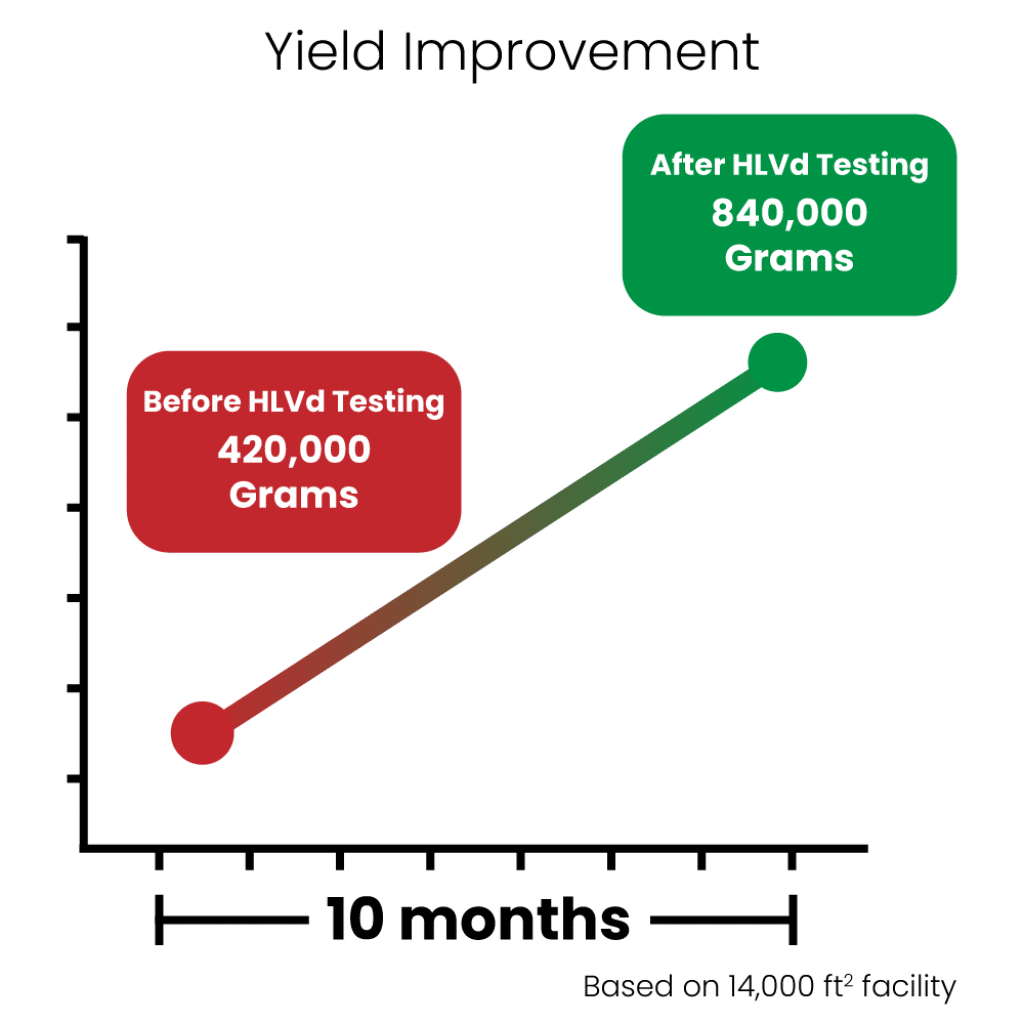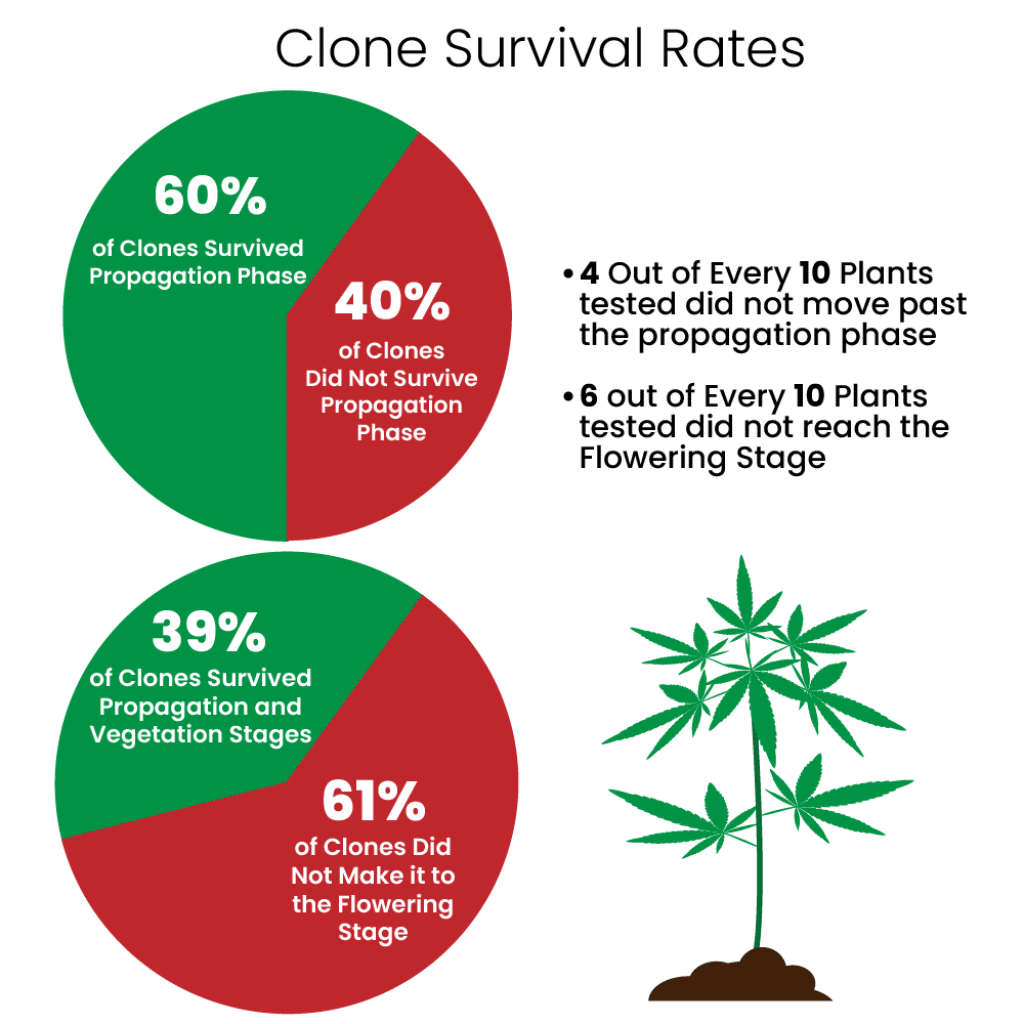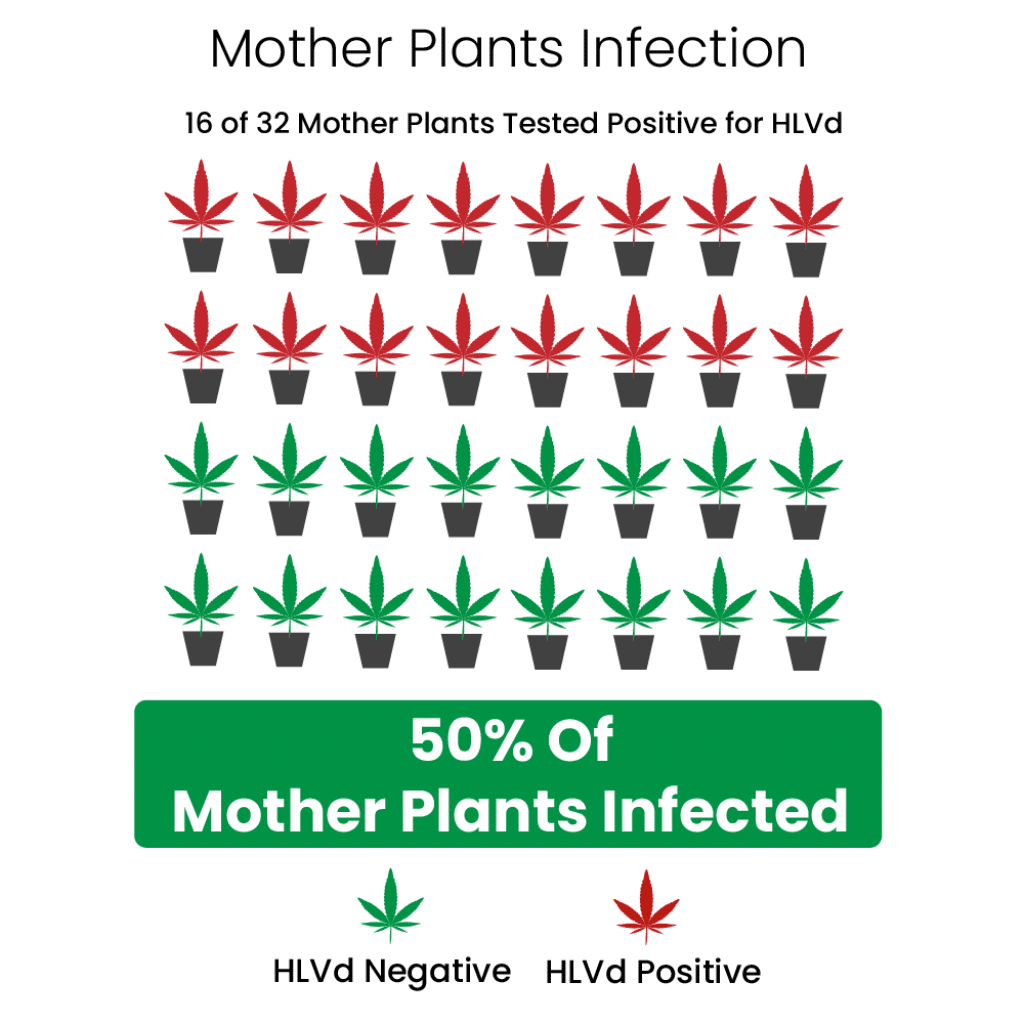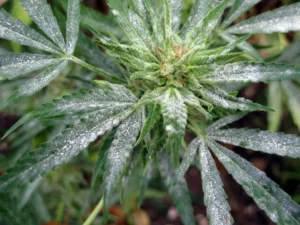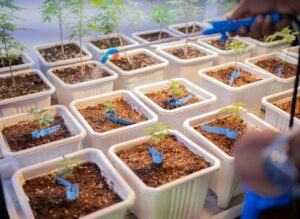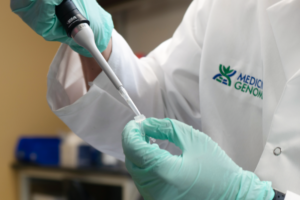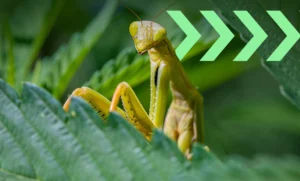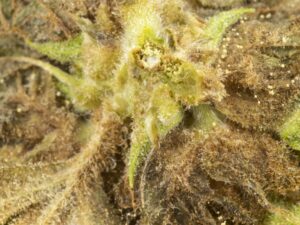An indoor cannabis cultivation facility located in the southern US partnered with PhenoXpress, an independent testing service that uses PathoSEEK qPCR Detection Assays, to screen plants suspected to be infected with Hop Latent Viroid (HLVd) and:
- Confirm that HLVd was causing the poor cloning success rate and symptoms observed in both vegetation and flowering
- Identify and eliminate plants that were infected with HLVd
- Implement new screening and cleaning procedures to prevent future infections
- Double their yields!
“Our yields and quality continue to improve with every rotation of the facility since we remedied the HLVd issues. We just received our third round of clean results on our mother stock, and our yields have more than doubled!”
Cultivation Manager
Challenges
HLVd is most commonly spread via infected tools and equipment, which is why cultivators should always sterilize their equipment with a 10-20% bleach solution. HLVd can also spread through cloning when cuttings are taken from an infected mother.
Plants that are infected with HLVd can show a range of symptoms. Some plants show no obvious signs (asymptomatic) while others show reduced vigor and yield, often referred to as “dudding”.
After new management took over a cultivation facility in Southern Oklahoma, they quickly noticed a poor success rate of cuttings from certain mother plants. Approximately 40% of clones didn’t survive the propagation phase, and in some cases, entire trays would not take root. Of the cuttings that did survive, approximately 35% were culled from the vegetation room after failing to thrive and exhibiting strange characteristics, including:
- Lateral branching (opening wide up)
- Unusually brittle stems
- Smaller, narrower leaves compared to healthy plants
- An odor similar to composting leaves
The plants that managed to make it to harvest had significantly lower yields. The facility averaged less than 30 grams per square foot, which is 50% lower than expected. Potency numbers were also considerably low with some cultivars testing at just 4%THC. The team also noted that plants were more vulnerable to powdery mildew infection and more likely to develop hermaphroditism.
How PathoSEEK Helped
After ruling out nutrient deficiencies and other environmental factors, the team suspected HLVd infection. They tested eight plants for HLVd via PhenoXpress, an independent testing service that uses the PathoSEEK Cannabis Virus Multiplex Detection Assay. Results arrived one day later after PhenoXpress received their samples, indicating that five plants were positive for HLVd. The team immediately removed the infected plants from the facility, and then tested their entire mother stock (32 plants total) for HLVd. PhenoXpress delivered results a couple of days later, and this time, 16 of the 32 mothers were positive for HLVd. Again, the team culled the infected mother plants and immediately started popping new seeds to replace them.
The viroid persisted for over 10 months, while the team dialed in their sterilization methods and identified several sources of infection, including (but not limited to) contaminated drip emitters, pots, and cloning gel.
During this time, the team went through several rounds of testing with PhenoXpress, culling positive plants, and improving their processes each time until the facility was viroid free.
Looking Forward
After eliminating the HLVd infection from their facility, the team enacted several new policies to prevent future infections.
First, the team decided they will not bring any outside clones into the facility. They will only work with cultivars they have grown from seed in their own facility.
Second, they updated their cleaning and sanitation procedures, requiring that all scissors and trimming tools be cleaned in a 10-20% bleach solution between plants. Previously, the team had used isopropyl alcohol to clean their equipment; however, they learned that alcohol does not kill HLVd.
Finally, they will test their mother stock every three months with PhenoXpress to ensure they are HLVd-free.
“The first step for decontamination of a grow infection starts with detecting the HLVd infection. By utilizing the PathoSEEK assay, cultivators can be informed and act quickly while incorporating the proper techniques to combat the viroid and remove infections. It has been a game-changer!”
Wendell Orphe
Founder and CEO, PhenoXpress


